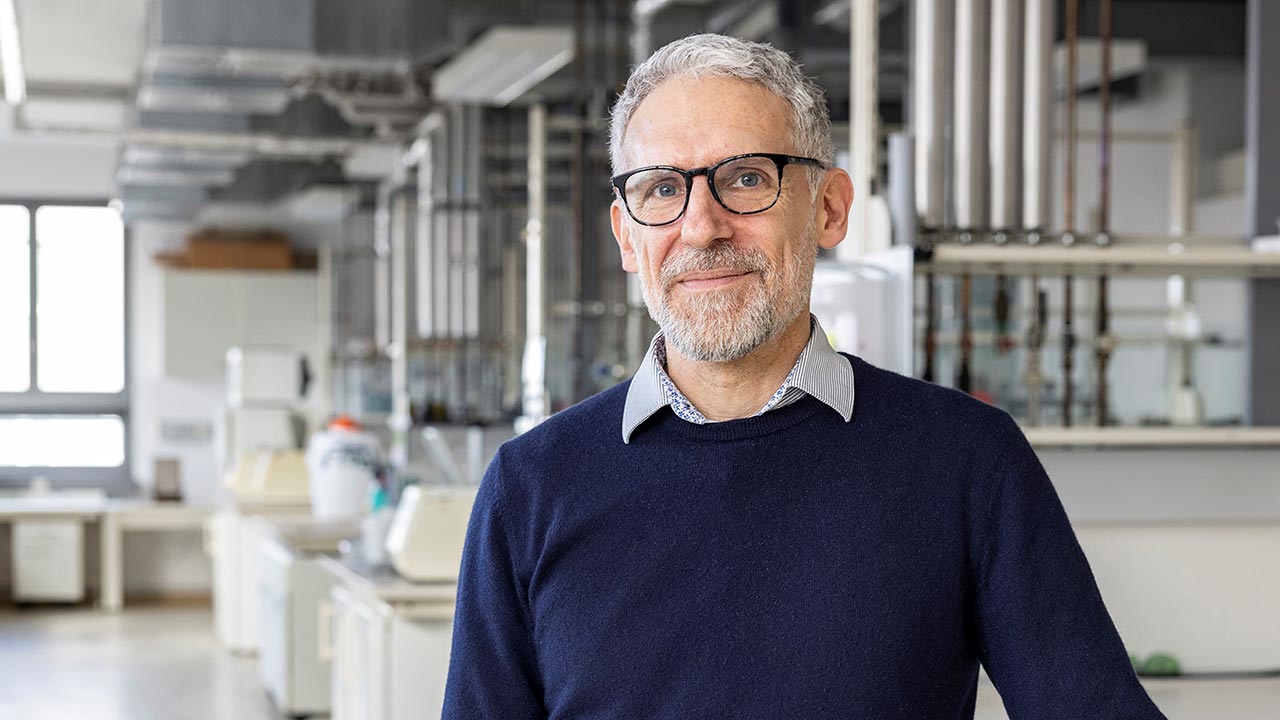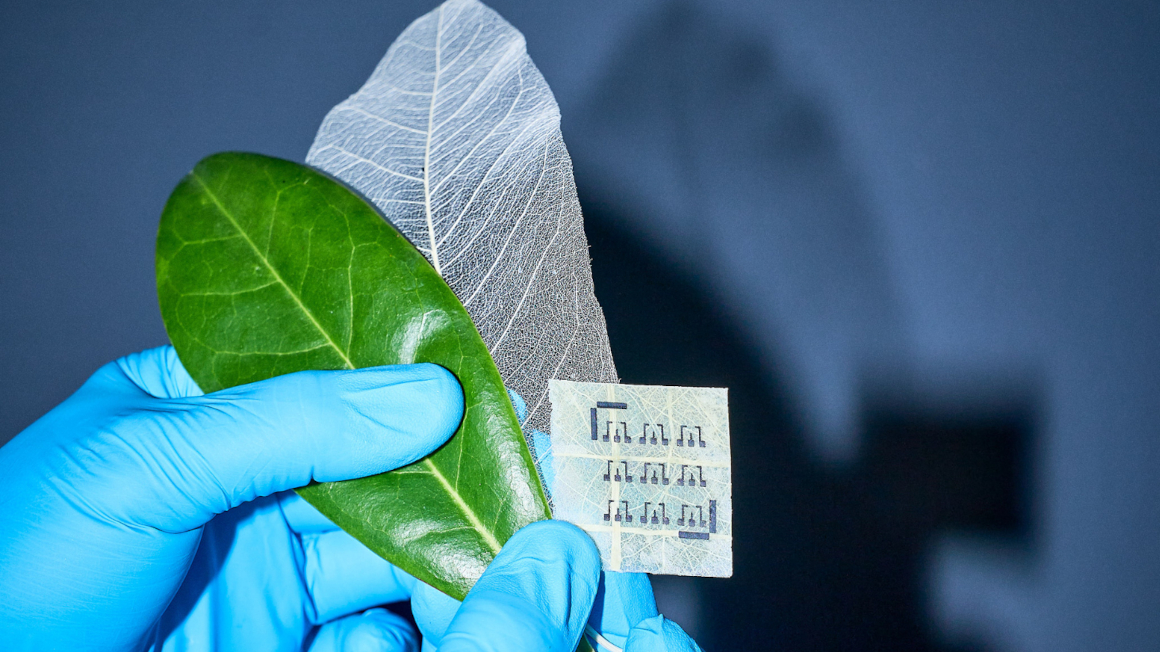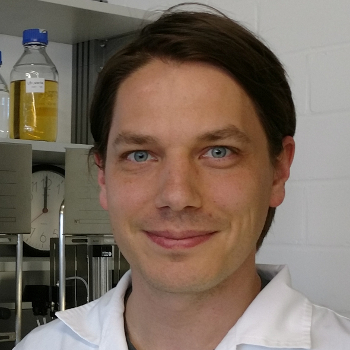Efficient biocatalysts for solar cells
Researchers have succeeded in harnessing electrons from the early stages of photosynthesis.

Photosynthesis is the basis of all plant life: plants use the chemical reaction chain to build biomass from carbon dioxide in the air and solar energy. Of central importance in this process are the so-called photosystems I and II - enzyme complexes that catalyze the chemical reactions. For a long time, researchers have been trying to technically imitate photosynthesis in order to produce chemical compounds cheaply and sustainably. An international research team involving the universities of Bochum and Rostock has now achieved a breakthrough in increasing the efficiency of catalysis.
Problem of high energy loss of photosynthesis
Photosynthesis is actually a very inefficient process: less than one percent of the solar energy absorbed ends up being chemically bound. Given the almost infinite solar energy, plants can afford to do this. For industrial processes, however, this would probably be economically problematic. However, photosynthesis starts very efficiently. Up to 99% of the energy is retained in the first steps of the energy conversion. However, the process loses a solid 60% of the energy during the subsequent transport of electrons.
Researchers report in the scientific journal Nature that these high losses could be avoided. Using particularly fast spectroscopy methods, the experts were able to show that it is possible to tap into the electrons from photosynthesis at an earlier stage of the process in order to use them. This is possible with so-called synthetic mediators, small chemical mediator molecules.
Biological solar cells and hydrogen from light energy
"Our results enable completely new designs of biological solar cells, which - at least in theory - could significantly improve efficiency," explains Marc Nowaczyk from the University of Rostock. But that's not the only possible application: "In an interdisciplinary approach, for example, we want to develop hybrid systems that use biological catalysts and light energy to produce hydrogen as an energy carrier." However, a lot of time and research is still needed before practical application.
bl


